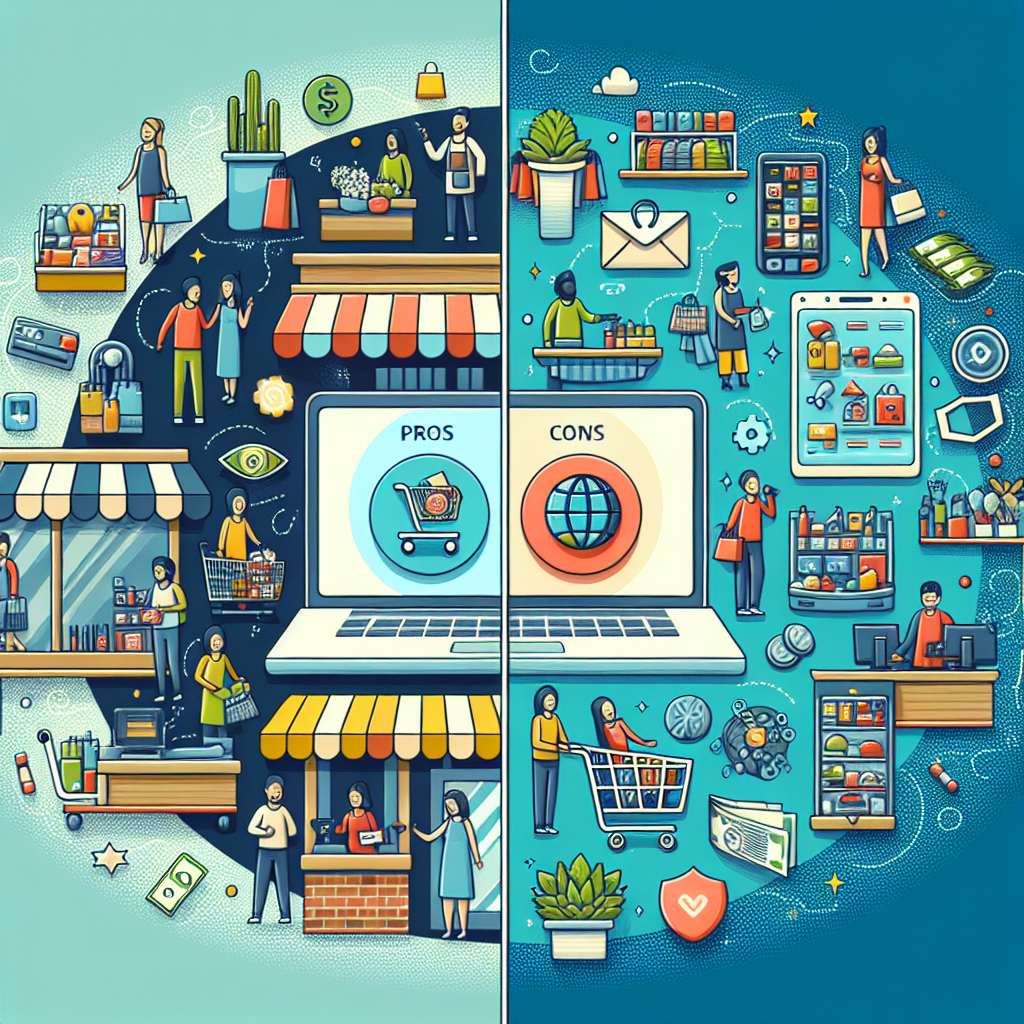
E-commerce vs Traditional Retail: The Pros and Cons of Selling Online
With the rapid advancement of technology, the way people shop has significantly evolved over the years. E-commerce, or online retail, has gained immense popularity, challenging traditional brick-and-mortar stores. In this article, we will explore the pros and cons of selling online compared to traditional retail, shedding light on the key differences and considerations for businesses.
Pros and Cons of E-commerce
Pros:
One of the major advantages of e-commerce is the convenience it offers to both customers and businesses. Online stores are open 24/7, allowing customers to shop at their convenience without the limitations of store hours. This can result in increased sales and revenue for businesses. Additionally, e-commerce eliminates the need for physical storefronts, reducing overhead costs associated with rent, utilities, and maintenance.
Cons:
Despite its benefits, e-commerce also presents challenges. For one, it can be difficult to establish trust and credibility with online customers, as they cannot physically inspect products before purchasing. This can lead to a higher rate of product returns and customer dissatisfaction. Furthermore, online businesses may face fierce competition from other e-commerce sites, requiring strong marketing strategies to stand out in a crowded market.
Pros and Cons of Traditional Retail
Pros:
Traditional retail stores offer a unique shopping experience that cannot be replicated online. Customers have the opportunity to interact with products, receive personalized assistance from store employees, and enjoy immediate gratification by taking their purchases home the same day. This hands-on experience can foster customer loyalty and drive repeat business.
Cons:
On the flip side, traditional retail comes with its own set of challenges. Maintaining a physical store requires significant upfront investment in rent, inventory, and staffing. Additionally, brick-and-mortar stores are limited by their geographical location, potentially missing out on customers who prefer to shop online or are located outside the store’s vicinity.
FAQs
Q: Is it possible to combine e-commerce and traditional retail?
A: Yes, many businesses have embraced an omnichannel approach, integrating both online and offline sales channels to reach a wider audience and provide customers with a seamless shopping experience.
Q: Which is more cost-effective, e-commerce or traditional retail?
A: The cost-effectiveness of each depends on various factors such as the size of the business, target market, and industry trends. While e-commerce may have lower overhead costs, traditional retail can offer unique advantages in terms of customer engagement.
Conclusion
In conclusion, both e-commerce and traditional retail have their own set of pros and cons. Businesses must carefully weigh these factors to determine the most suitable approach for their products and target audience. By understanding the differences between online and offline sales channels, companies can effectively navigate the evolving retail landscape and drive sustainable growth in the competitive market.






